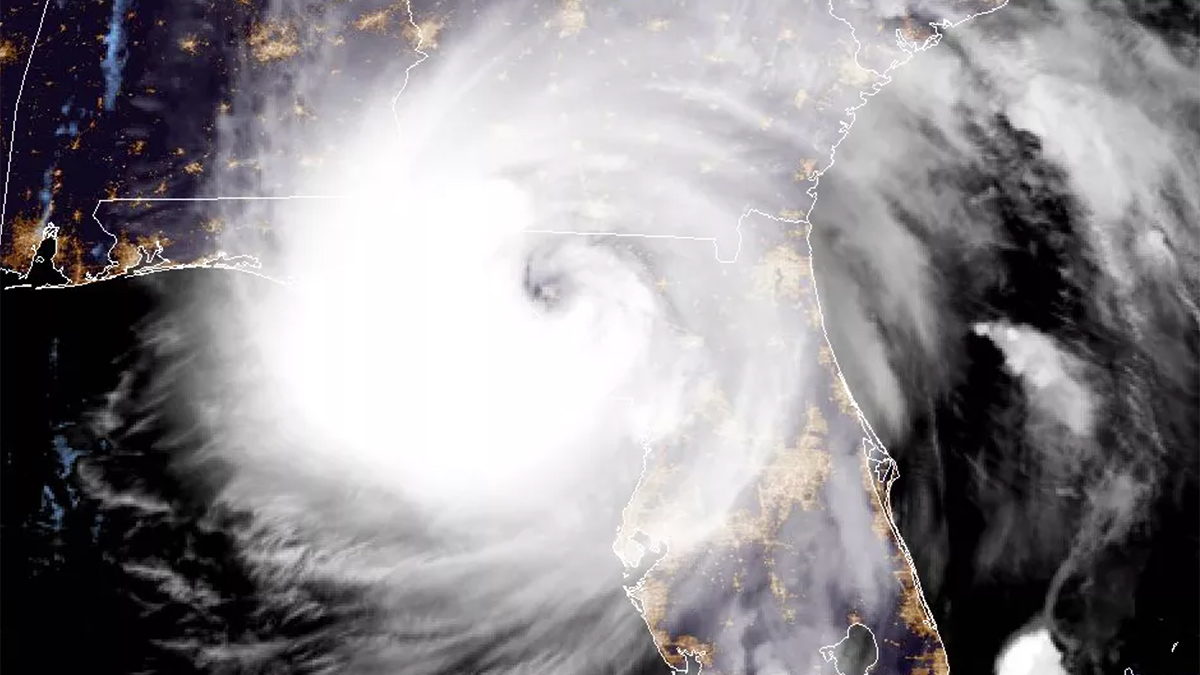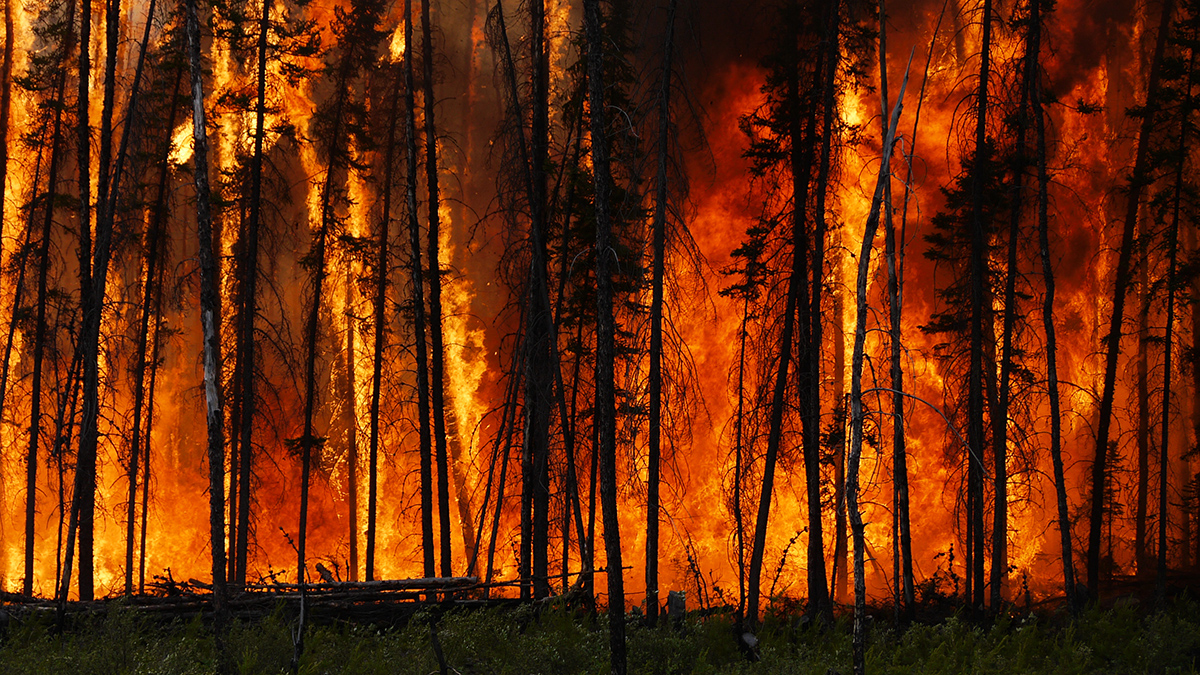Extreme temperature caused by unchecked climate change could claim 2.3 million lives in Europe by 2100, a new study warns.
heat waves
Soccer Players Risk Heat Stress in World Cup Stadiums
Rapidly traveling between climate zones, all with different average temperatures, humidities, and oxygen levels, will place additional stress on players, staff, and spectators.
How Much Did Climate Change Affect the Los Angeles Wildfires?
High heat, dry fuel, and strong winds drove the Palisades and Eaton blazes.
Helping the Most Vulnerable Stay Cool in Extreme Heat
Choosing the ideal location for air-conditioned cooling centers in cities facing dangerously high temperatures takes good population data and community engagement.
Las olas de calor marinas incrementan la probabilidad de intensificación de las tormentas tropicales
La probabilidad de que los huracanes experimenten una intensificación rápida aumenta en un 50% durante las olas de calor marinas que se desarrollan en el Golfo de México y en la región noroeste del Mar Caribe.
Machine Learning Could Improve Extreme Weather Warnings
A deep learning technique could reduce the error in 10-day weather forecasts by more than 90%, allowing communities to better prepare for extreme events such as heat waves.
Marine Heat Waves Make Tropical Storm Intensification More Likely
Rapid intensification of hurricanes is 50% more likely to occur during marine heat waves in the Gulf of Mexico and northwestern Caribbean Sea.
Some Urban Trees Suffer Under Climate Stress
Heat and drought hit trees in Boston and New York City harder than those in their rural counterparts.
Extreme Wildfires Are Getting More Extreme and Occurring More Often
The world’s most energetic wildfires have doubled in intensity and number over the past 2 decades, with climate change and land management likely to blame.
How Sticky Is It Outside?
Researchers introduce a new variable to quantify the relative contributions of heat and humidity to humid heat.










